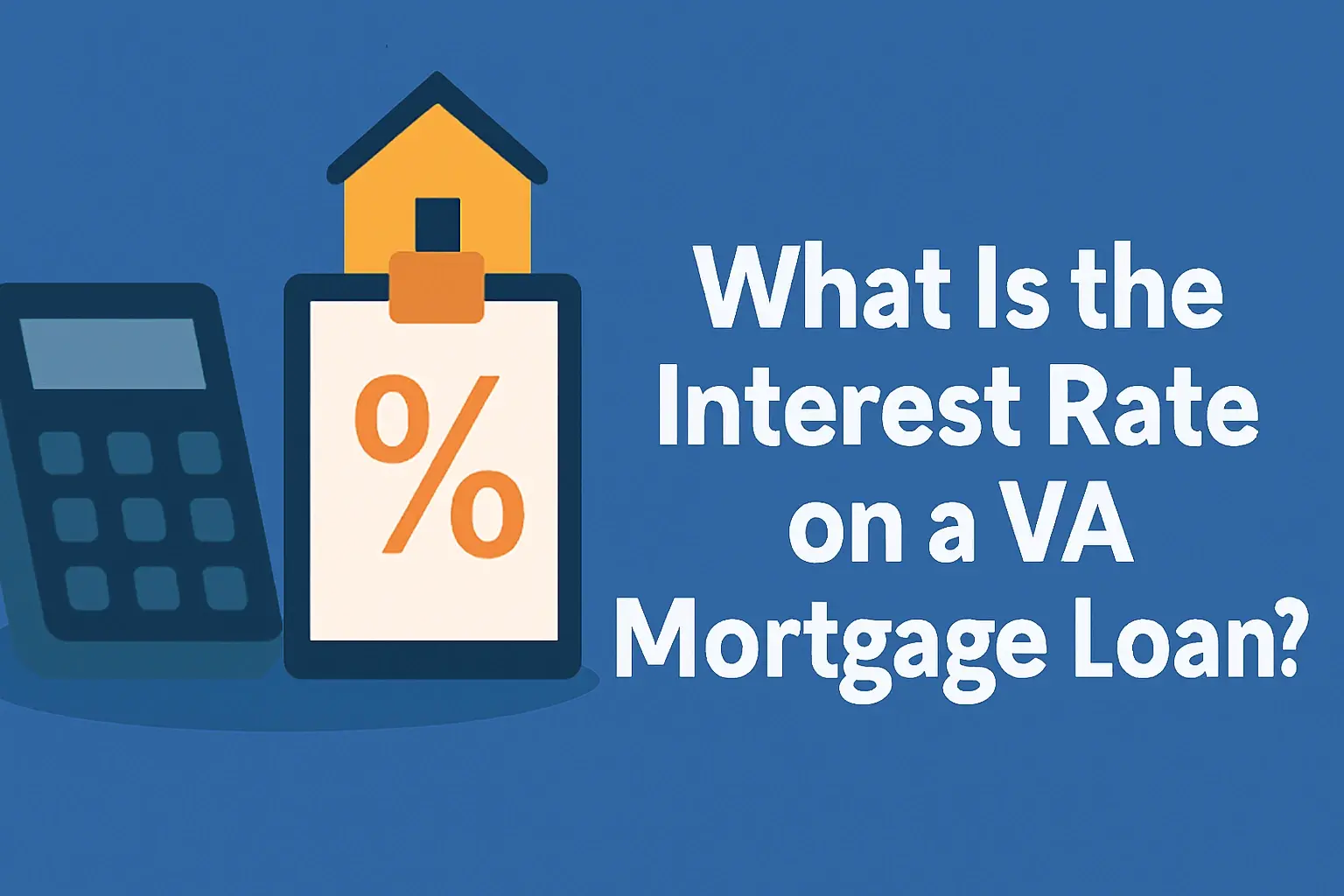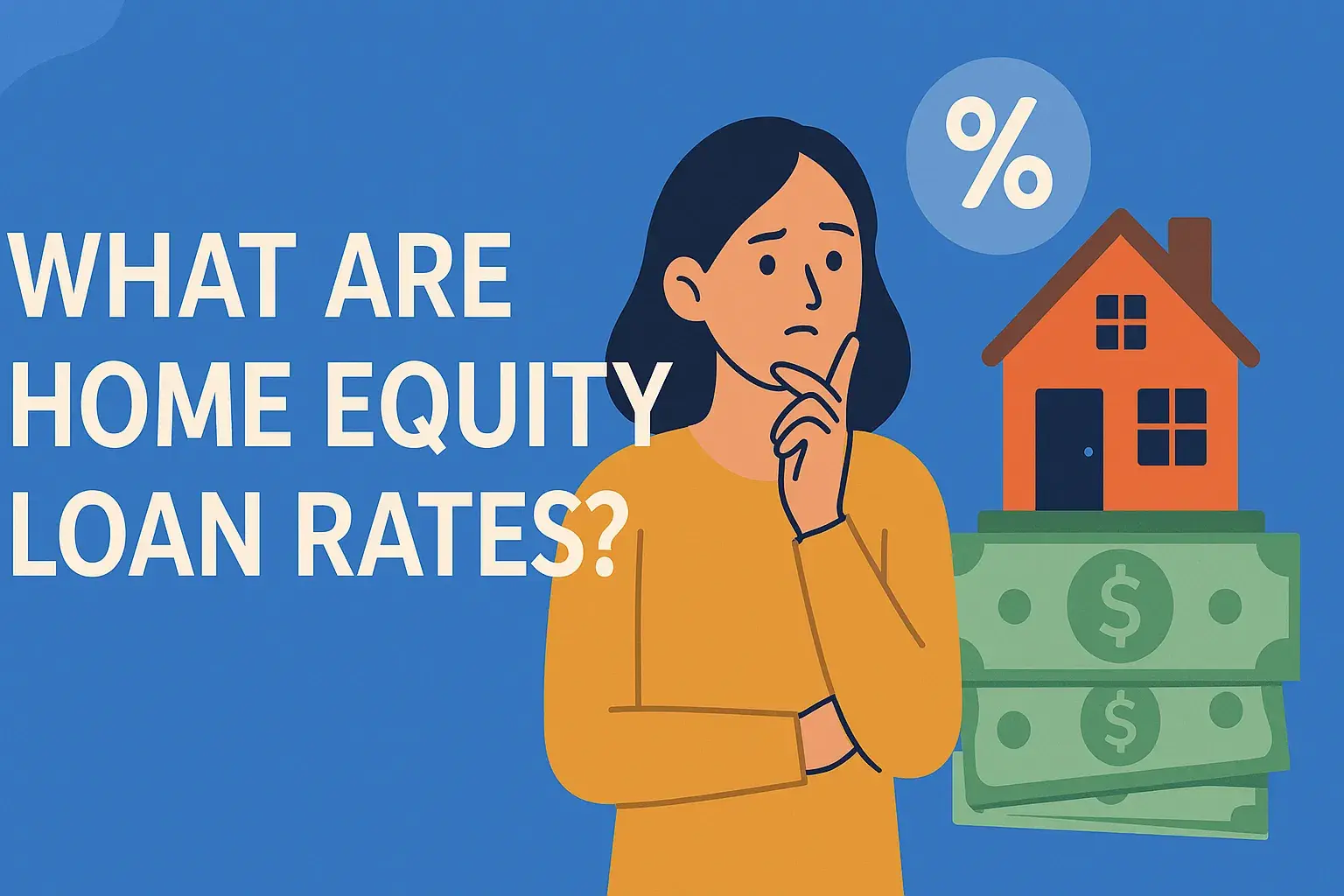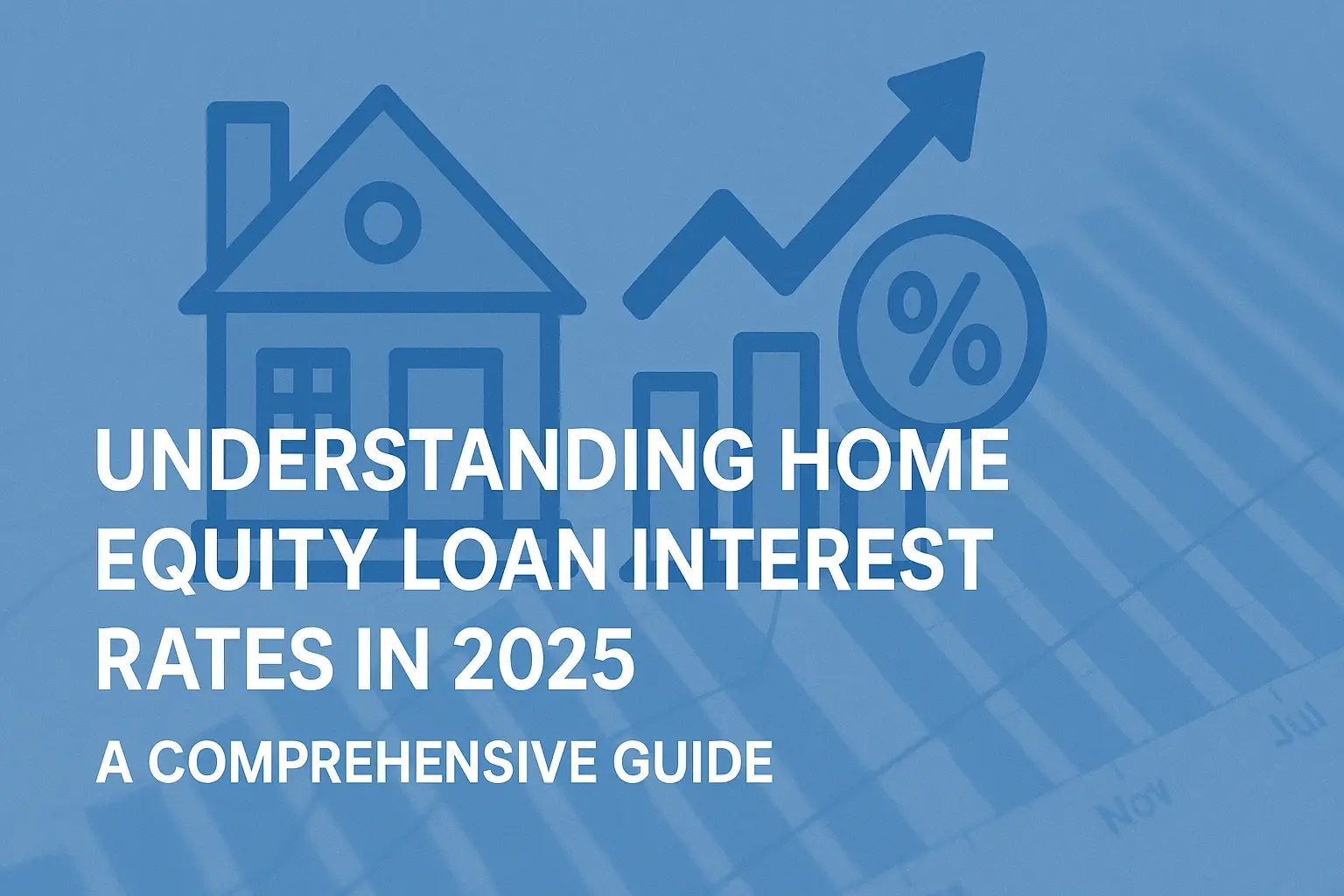-
Posted on: 24 Jul 2024

-
Buying a home is a significant milestone, but it's also a major financial commitment. One of the first questions potential homeowners ask is, "Can I even afford it?" If you're earning $60,000 a year and eyeing a $300,000 house, you're likely wondering if that dream is within reach. The short answer is: it's complicated. Whether or not you can comfortably afford a $300k house on a $60k salary depends on a variety of factors. This guide will walk you through those factors, helping you assess your financial situation and make an informed decision.
Understanding the Affordability Equation
Affordability isn't just about your salary; it's a holistic view of your financial health. Lenders look at a number of key indicators to determine your creditworthiness and ability to repay a mortgage. These include:
- Debt-to-Income Ratio (DTI): This is arguably the most crucial factor.
- Credit Score: A good credit score unlocks better interest rates.
- Down Payment: A larger down payment reduces your loan amount and can influence your interest rate.
- Savings: Beyond the down payment, you'll need savings for closing costs, moving expenses, and an emergency fund.
- Location, Location, Location: Property taxes and insurance vary significantly by region.
Debt-to-Income Ratio (DTI): Your Financial Litmus Test
Your Debt-to-Income ratio (DTI) is the percentage of your gross monthly income that goes towards paying your monthly debts. Lenders use DTI to assess your ability to manage monthly payments. Generally, lenders prefer a DTI of 43% or lower, but some may accept higher DTIs depending on other factors. A lower DTI signifies less financial risk and a greater likelihood of loan approval.
Calculating Your DTI:
- Calculate your gross monthly income: $60,000 per year / 12 months = $5,000 per month.
- Calculate your total monthly debt payments: Include all recurring debt payments, such as credit card bills, student loans, car loans, and other personal loans. Do not include utilities, groceries, or other living expenses.
- Divide your total monthly debt payments by your gross monthly income: (Total monthly debt payments / $5,000) x 100 = DTI percentage.
Example: Let's say you have a car loan payment of $300, a student loan payment of $200, and minimum credit card payments totaling $100. Your total monthly debt payments are $600. Your DTI would be ($600 / $5,000) x 100 = 12%. This is a very healthy DTI!
What DTI Can I Qualify With?
- Excellent (Below 36%): Indicates low debt and strong financial health. You'll likely qualify for the best interest rates.
- Good (36% - 43%): Still considered acceptable by most lenders.
- Acceptable (43% - 50%): May require a higher down payment or slightly higher interest rate. Some lenders may require compensating factors (like a large savings account).
- High (Above 50%): You may have difficulty qualifying for a mortgage without significant improvements to your financial situation.
Credit Score: Your Financial Reputation
Your credit score is a numerical representation of your creditworthiness. Lenders use it to assess the risk of lending you money. A higher credit score generally translates to lower interest rates and more favorable loan terms.
Credit Score Ranges:
- Excellent (750+): Qualifies you for the best interest rates.
- Good (700-749): Still a strong score, with access to good rates.
- Fair (650-699): May result in slightly higher interest rates.
- Poor (Below 650): May limit your loan options and result in significantly higher interest rates, if you can even get approved.
Improving Your Credit Score:
- Pay bills on time, every time.
- Keep credit card balances low. Aim to use no more than 30% of your available credit.
- Don't open too many new credit accounts at once.
- Monitor your credit report for errors and dispute any inaccuracies. You can get a free credit report from each of the three major credit bureaus (Equifax, Experian, TransUnion) annually at annualcreditreport.com.
Down Payment: Your Skin in the Game
The down payment is the amount of money you pay upfront for the house. It's typically expressed as a percentage of the purchase price. A larger down payment reduces the loan amount, potentially lowers your interest rate, and can eliminate the need for Private Mortgage Insurance (PMI).
Down Payment Options:
- 20% Down Payment: The traditional benchmark. This eliminates PMI and often secures the best interest rates. In this scenario, you'd need $60,000 for a $300k house.
- Less than 20% Down Payment: Possible with conventional, FHA, or VA loans. However, you'll likely need to pay Private Mortgage Insurance (PMI) until you reach 20% equity in the home.
- FHA Loans: Require as little as 3.5% down payment, but require both upfront and ongoing mortgage insurance premiums.
- VA Loans: Available to eligible veterans and active-duty military personnel. Often require no down payment.
- USDA Loans: Available in rural areas and require no down payment.
Saving for a Down Payment:
- Create a budget and track your expenses.
- Set up automatic transfers to a dedicated savings account.
- Consider a side hustle to boost your income.
- Reduce unnecessary spending.
- Explore down payment assistance programs. Many states and local communities offer programs to help first-time homebuyers.
Savings: Beyond the Down Payment
Don't underestimate the importance of having savings beyond the down payment! You'll need funds for:
- Closing Costs: These can include appraisal fees, title insurance, loan origination fees, and other expenses associated with finalizing the mortgage. They typically range from 2% to 5% of the loan amount.
- Moving Expenses: Hiring movers, renting a truck, or buying packing supplies.
- Emergency Fund: Unexpected repairs, job loss, or medical expenses. Ideally, you should have 3-6 months of living expenses saved.
- Initial Home Improvements: Minor repairs, painting, or buying new appliances.
Location, Location, Location: Property Taxes and Insurance
Property taxes and homeowners insurance can significantly impact your monthly housing costs. These expenses vary widely depending on the location of the property.
Property Taxes: Based on the assessed value of your property. Higher-value properties in desirable neighborhoods typically have higher property taxes.
Homeowners Insurance: Protects your home against damage from fire, wind, theft, and other covered perils. The cost of homeowners insurance depends on factors such as the age of the house, its location, and the coverage limits.
Researching Property Taxes and Insurance:
- Contact the local tax assessor's office to determine property tax rates.
- Get quotes from multiple insurance companies to compare rates.
- Factor these costs into your affordability calculations.
Crunching the Numbers: An Example Scenario
Let's consider a realistic scenario to illustrate how a $60,000 salary might (or might not) support a $300,000 house. We'll assume the following:
- Salary: $60,000 per year ($5,000 per month gross)
- Down Payment: 10% ($30,000)
- Loan Amount: $270,000
- Interest Rate: 6.5% (This is a hypothetical rate. Actual rates vary.)
- Loan Term: 30 years
- Property Taxes: $3,000 per year ($250 per month)
- Homeowners Insurance: $1,200 per year ($100 per month)
- PMI (if applicable): Let's assume $100/month because of less than 20% down payment
- Other Debts: $500 per month (car loan, student loans, credit cards)
Calculations:
- Principal and Interest Payment: Using a mortgage calculator, a $270,000 loan at 6.5% for 30 years results in a monthly payment of approximately $1,703.
- Total Monthly Housing Costs: $1,703 (P&I) + $250 (Property Taxes) + $100 (Homeowners Insurance) + $100 (PMI) = $2,153
- Total Monthly Debt Payments: $2,153 (Housing Costs) + $500 (Other Debts) = $2,653
- DTI: ($2,653 / $5,000) x 100 = 53.06%
Analysis:
In this scenario, the DTI is 53.06%, which is generally considered high. While some lenders might approve a loan with this DTI, it's likely to be challenging. Furthermore, even if approved, this would be a stretched budget. A high DTI leaves little room for unexpected expenses and can make it difficult to save for the future.
Strategies to Make Homeownership More Affordable
If the numbers don't quite add up right now, don't be discouraged. Here are some strategies to make homeownership more affordable:
- Increase Your Income: Look for opportunities to earn more money through a promotion, a new job, or a side hustle.
- Reduce Your Debt: Pay down high-interest debt, such as credit card balances, as quickly as possible.
- Save a Larger Down Payment: Delaying your purchase and saving more money can significantly reduce your monthly mortgage payment and eliminate PMI.
- Improve Your Credit Score: A better credit score can unlock lower interest rates.
- Consider a Less Expensive Home: Explore homes in different neighborhoods or smaller homes that fit your budget.
- Look for First-Time Homebuyer Programs: These programs can offer down payment assistance or other financial incentives.
- Adjust Loan Term: Although it is risky and will result in paying more in the long run, consider a longer loan term (30 year vs 15 year). This will lower monthly payments.
Seeking Professional Advice
It's always a good idea to consult with a financial advisor and a mortgage lender to get personalized advice based on your specific financial situation. They can help you assess your affordability, explore your financing options, and create a plan to achieve your homeownership goals.








